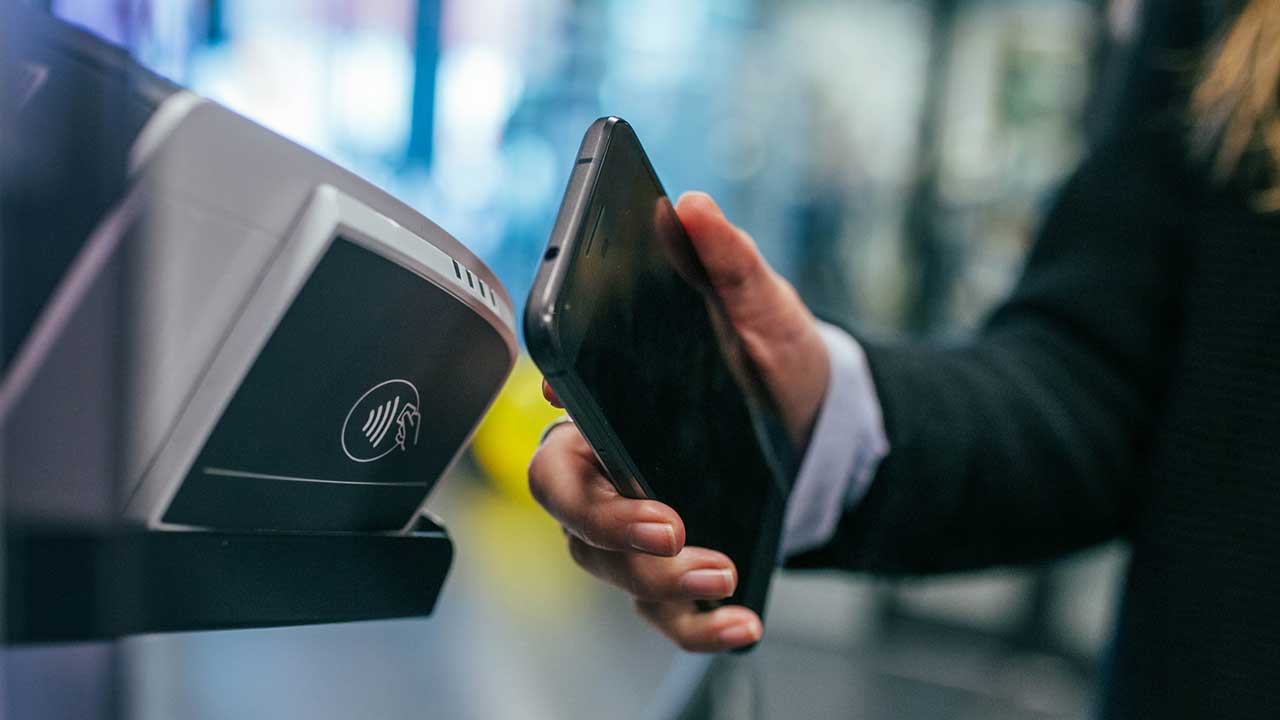B2B payments have historically been slow to adapt to automated payments but COVID may be the vehicle to forever change how business payments are processed. Josh Cyphers, President of Nvoicepay, a FLEETCOR company that transforms the way firms pay their \suppliers, provides insights into the changes and trends businesses are experiencing in B2B and mobile payments and how it’s impacting businesses moving forward.
What are some of the big trends driving B2B payments?
Paper checks still reign supreme in B2B payments, but COVID has created a compelling event that is really pushing companies toward fully automating payments. This is a big shift. Over the course of the last 10 to 15 years, check use has been ticking down ever so slowly. According to the 2019 AFP Electronic Payments Survey Report, organizations made 42 percent of their supplier payments by check-in 2019, down from 81 percent in 2004.
Now that accounts payable departments are working remotely, companies are trying to minimize the amount of manual work that requires trips to the office, or to employee’s homes to get them to sign checks. Suppliers are asking to be paid electronically because they get the money faster and they don’t have to go to the bank. It will be interesting to see the 2020 AFP report and see if the pandemic pushes organizations to finally give up checks.
The other thing that’s happening is an extreme focus on managing cash. Given the economic environment we’re in, a lot of companies are looking for ways to conserve cash. They’re looking at the timing of payments; extending payment terms to suppliers or delaying payments. With an automated solution, all of the payment approvals and workflow are online, and you have visibility into every payment as it moves through the system, and that gives you precision control over cash flow.
What are some innovations you’ve noticed in contactless payments lately?
In B2B payments, I would define contactless as not having to do manual work. Cloud-based software is enabling accounts payable departments to automate work they’ve previously had to do manually. That includes the handling of paper checks but also a lot of the work that goes into electronic payments as they’ve historically been done through banks. For example, if you want to do ACH payments, you have to pick up the phone or send out emails and collect suppliers’ banking information and probably manually key that into a system. For card payments, you have to phone or email to find out who will take a card payment, and then you might have to phone the supplier with the card number, and then they enter it into a terminal. There’s a surprising amount of manual work that has to be done to get the funds to move electronically through the banking system.
The cloud is what is enabling payment automation providers to transform that disjointed process, with all its manual touchpoints, into a single automated workflow.
The cloud also makes implementation very fast and easy, so automating payments is something that an organization can now accomplish in a matter of weeks.
How has COVID impacted mobile payments?
Having a cloud-based solution allows accounts payable professionals to make payments anytime, anywhere. But up until COVID, that kind of mobile capability was a nice to have, not a must-have for business payments. I’ve never in my finance career seen an AP team that was completely remote. With everyone in the office, mobile just wasn’t a consideration. The construction industry is one exception; in that industry, many of the people who approve payments are out in the field, so mobile capabilities are a real selling point for a payment solution. Now that AP teams have been out of the office, every industry is looking for payment solutions that allow them to work remotely as much as possible.
What do you see as the biggest future trend for mobile payments?
B2B payments are about ten times as big as consumer payments, yet the adoption of cloud-based solutions is still in the single digits. Given the size of the market, the adoption of mobile payments by businesses is a big trend in and of itself.
Mobile payments have changed consumer life by making payment so easy and convenient that you hardly have to think about it. That has had a huge impact on how we live our lives and has really sped up commerce and increased our options. When you think about that same kind of frictionless, mobile payment experience becoming widespread in the business world, which it inevitably will, I think it will fuel all kinds of innovation and change.

